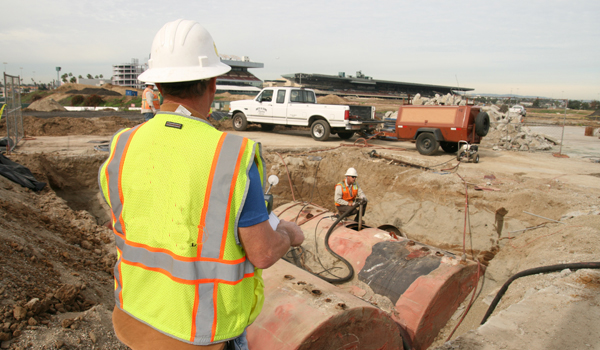
Oil well closure techniques have come a long way over the years, as the industry has recognized the importance of minimizing environmental impact and ensuring the long-term safety of abandoned wells. Traditional methods of oil well closure often involved simply plugging the well with cement, but these methods were not always effective in preventing leaks or the release of harmful gases into the surrounding environment. As a result, the industry has been exploring innovative new techniques that are not only more effective, but also more environmentally friendly.
One such innovation is the use of biodegradable materials in well closure. Instead of using cement to plug the well, companies are now using biodegradable materials that break down over time. This allows for the gradual sealing of the well, reducing the risk of leaks and minimizing the environmental impact. In addition to being more eco-friendly, this technique also proves to be cost-effective for oil companies, as they no longer have to deal with the long-term maintenance costs associated with traditional cement plug closures.
Another innovation in oil well closure techniques is the use of advanced monitoring systems. These systems use sensors and data analysis to constantly monitor the status of abandoned wells. By detecting any changes in pressure or gas emissions, these monitoring systems can quickly alert operators to potential problems and allow for timely intervention. This not only helps prevent leaks and other environmental issues, but also ensures the safety of nearby communities.
Furthermore, the development of novel well abandonment techniques, such as the use of expandable materials, has proven to be highly effective in sealing wells. Expandable materials are inserted into the well and then activated, expanding to fill the space and create a tight seal. This technique not only eliminates the need for costly cement plugs, but also provides a stronger and more reliable seal. Additionally, these materials can be easily removed if necessary, allowing for future access to the well if needed.
Robotic technology has also made its way into the oil well closure process. Companies are now utilizing robots to perform tasks such as cleaning and sealing abandoned wells. These robots are able to navigate the complex infrastructure of the well, and their precise movements ensure a thorough and efficient closure. This not only reduces the risk of human error, but also improves the overall safety and effectiveness of the closure process.
Lastly, the exploration of alternative energy sources has also contributed to the development of innovative oil well closure techniques. With the increasing focus on renewable energy, oil wells may become obsolete in the future. As a result, companies are now exploring options for repurposing these wells. One such option is the conversion of abandoned wells into geothermal energy sources. By utilizing the natural heat and pressure within the well, geothermal energy can be generated, providing a sustainable and environmentally friendly alternative to traditional oil extraction.
In conclusion, the oil industry is continuously striving to improve its well closure techniques to minimize environmental impact and ensure long-term safety. The innovations mentioned above, including the use of biodegradable materials, advanced monitoring systems, expandable materials, robotic technology, and the exploration of alternative energy sources, are all contributing to a more efficient, cost-effective, and environmentally friendly process. With these innovations, the industry is moving towards a more sustainable future, where the abandonment of oil wells no longer poses a threat to the environment or communities.